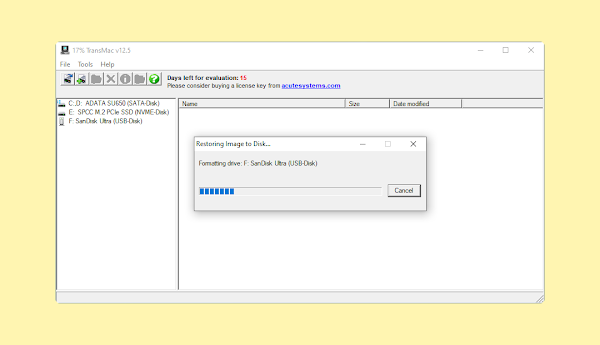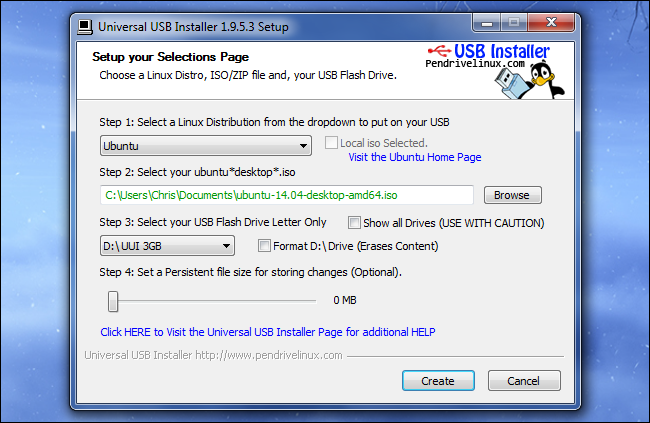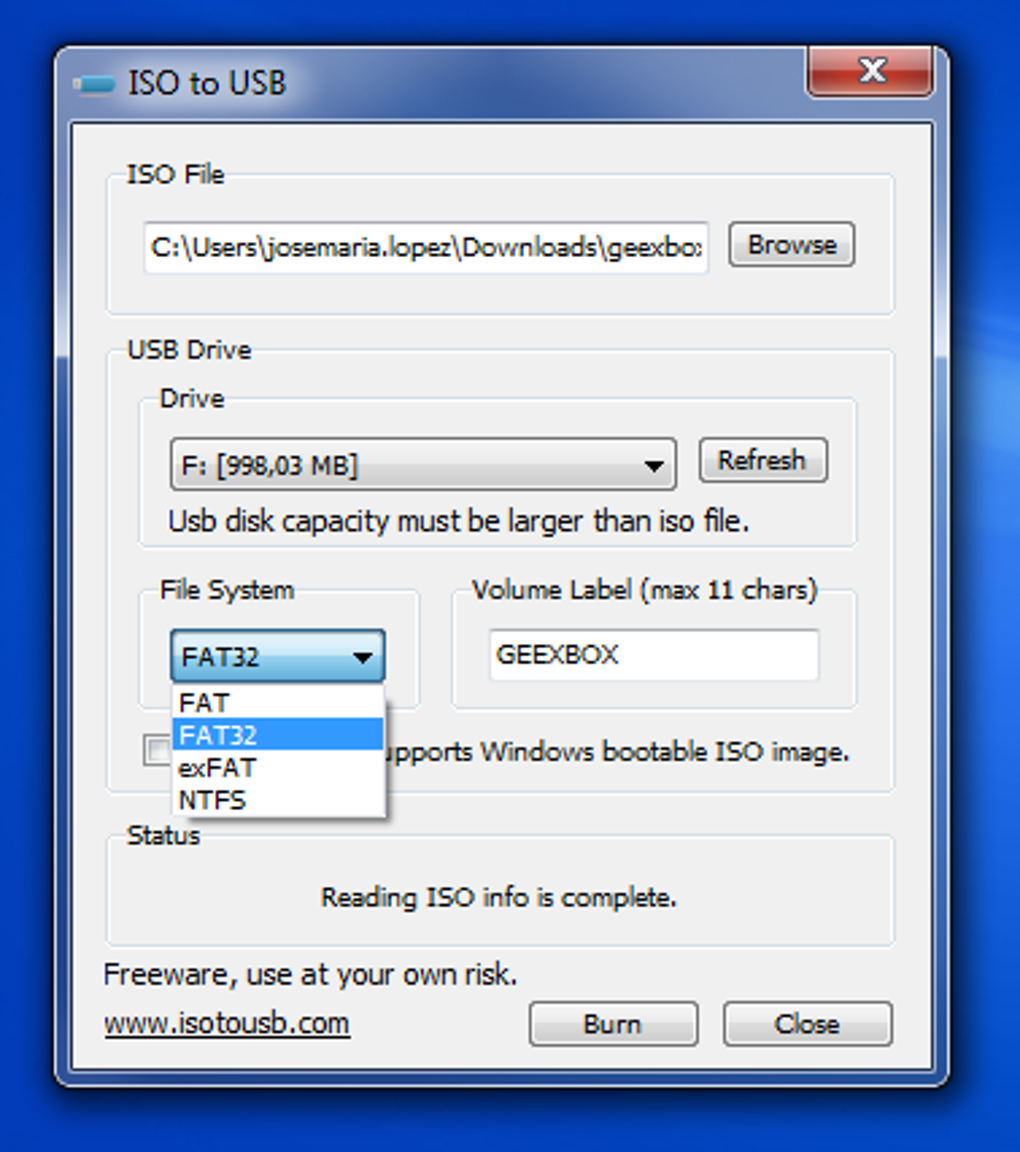

Once it's done, unmount the USB drive (right-click and select Eject) from the desktop. Step 2: Plug in your USB drive on your PC and click Burn on the.

To create a bootable Windows disk using BootCamp: You will also need a 16GB USB disk, alongside the Windows ISO file for this method. Here are the things we need to prepare to create the installer.


And in this article, I will show you how to create macOS Monterey Bootable USB Installer for Hackintosh using Windows, Mac, and Hackintosh. Note: You can't use Boot Camp Assistant on Macs with Apple M1 chips. Previously, I have written an article that shows you how to download macOS 12 Monterey installer. You can also choose to install additional Windows support software, which will be helpful if you are planning to use the bootable disk to install Windows on your Mac. This is an easy method and requires no additional software to be installed. If you have a Mac with an Intel processor, you can also use BootCamp Assistant to create a bootable Windows installation USB disk. You can now quit Terminal and eject the volume.Method 2: Create a Bootable USB Disk Using BootCamp Assistant When Terminal says that it's done, the volume will have the same name as the installer you downloaded, such as Install macOS Monterey.After the volume is erased, you may see an alert that Terminal would like to access files on a removable volume.Step 2: Visit this page of TransMac and download the latest version of TransMac software on your PC. Terminal shows the progress as the volume is erased. Step 1: Connect a USB drive with at least 16 GB of storage space to your Windows PC and move all data from USB drive to a safe place as the drive will be erased while preparing macOS bootable USB. When prompted, type Y to confirm that you want to erase the volume, then press Return.Terminal doesn't show any characters as you type. When prompted, type your administrator password.If the volume has a different name, replace MyVolume in the command with the name of your volume. Each command assumes that the installer is in your Applications folder, and MyVolume is the name of the USB flash drive or other volume you're using. Type or paste one of the commands below into Terminal, then press Return to enter the command.Open Terminal, which is in the Utilities folder of your Applications folder.Plug in the USB flash drive or other volume that you're using for the bootable installer.


 0 kommentar(er)
0 kommentar(er)
